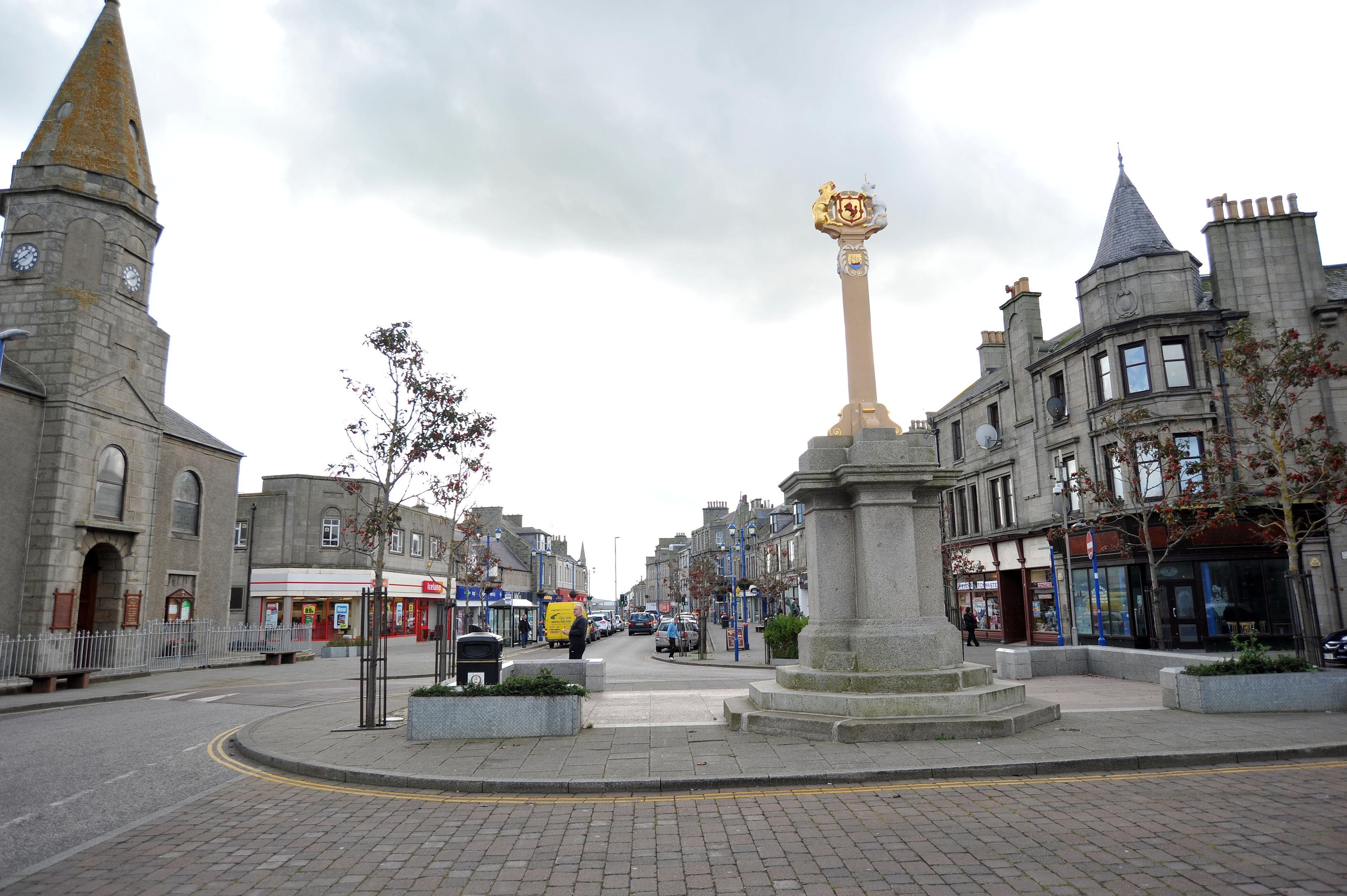House prices in a north-east port have rocketed – because people love to live beside the seaside.
A new report has revealed the cost of buying a home in Fraserburgh has soared by 139% over the past decade and outstripped growth in the rest of the country.
The average property price in the town was £63,540 a decade ago but now stands at £151,719.
The increase equates to £735 being added to the value of a home every month over the past 10 years and was hailed last night as proof the town remains a desirable place to stay, despite the recent loss of hundreds of jobs in the fish processing sector.
Last night, members of the community’s tourism group welcomed the findings of the Bank of Scotland’s annual review of seaside towns.
Group chairwoman, Lynda McGuigan, moved to Fraserburgh last year when she took on a job at the port’s Museum of Scottish Lighthouses.
She said: “I’m not surprised by the report, because it is a nice place to live.
“I moved into the AB43 area when I took the job at the lighthouse and I am finding it lovely.
“Our visitor numbers are good and we see a lot of people coming in from all over the world, including Germany, France and Switzerland.
“I don’t know why people are moving here, but what I do know is that we’re seeing more people coming into Fraserburgh. When they do, they can see what is here and things are improving.
“Once people get here, they do love it.”
Ms McGuigan added that Fraserburgh also benefited from being within commuting distance to Aberdeen.
Local councillor Charles Buchan, a former teacher at Fraserburgh Academy, added: “Even though house prices in Fraserburgh were starting from a low base compared to Aberdeen, it is very good news.
“It shows in a very material way that people like living here.
“It’s a very safe community despite negative reports, and we have got super infrastructure.
“There’s a nice harbour, and a beautiful beach – it’s a nice place to live and raise a family.
“But the majority of the latest builds in Fraserburgh have been four or five bedroom houses, and now it would be good to get more affordable ones built.
“Builders should be looking at this as the case for smaller homes as the demand grows.”
Fraserburgh is one of seven Aberdeenshire towns in the top 10 for price increases in the Bank of Scotland report.
Across Scotland, the most expensive seaside properties are all on the east coast, led by North Berwick where the average price of a home stands at £327,124.
Bank of Scotland put the continued growth down to the “high quality of life” in seaside towns.
Outside Aberdeenshire, the biggest growth was at Lerwick in Shetland, where average prices rose by £81,812 to £159,325, an increase of 106%.
Bank of Scotland mortgage director, Nicola Noble, said living on the coast offered a “typically high quality of life” compared to elsewhere.
“As a result, property in seaside towns is often very popular with homebuyers,” she added.
“Whilst property in seaside towns can be more expensive than elsewhere, exceptional value for money can still be found for those searching to realise their dream of living near the sea.”
